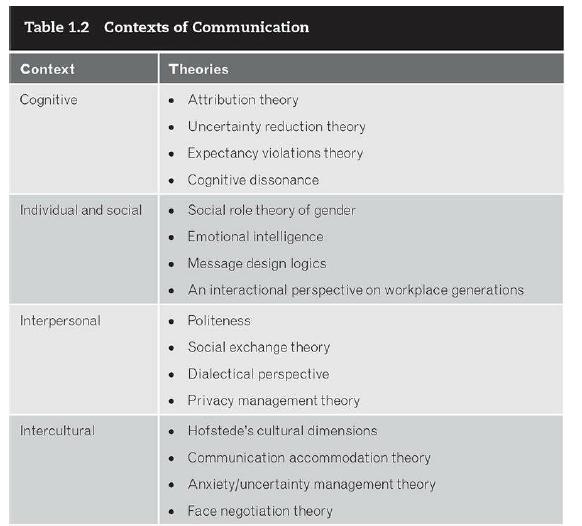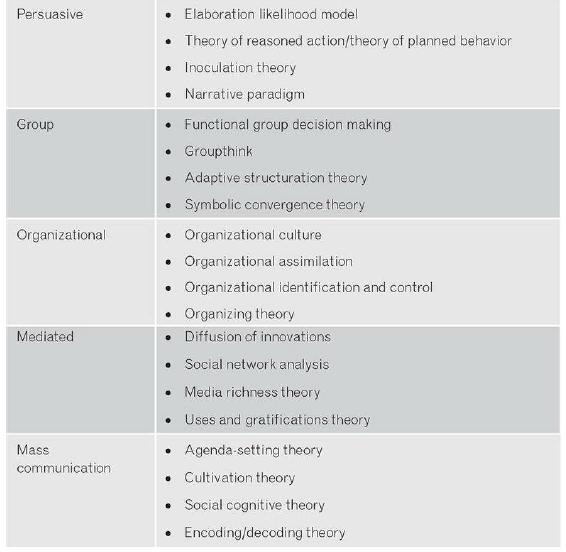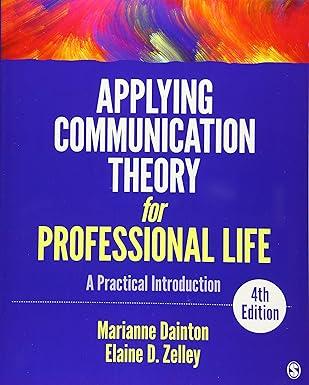In 1969, a radical new childrens program appeared on television, one specifically designed to blend education with
Question:
In 1969, a radical new children’s program appeared on television, one specifically designed to blend education with entertainment (characterproducts.com, 2004). Sesame Street, which has been on the air continuously for almost 50 years, uses puppets, live action, and cartoons in an effort to teach children basic skills such as identifying colors, the ABCs, and counting. The show itself is grounded in contemporary educational research, with a child psychologist in charge of evaluation of material that appears on the show (2004; McMullin, 2001).
McMullin (2001) argues that Sesame Street is the “single largest educator of young children in the world” (¶ 2).
More than just a television show, Sesame Street has also branched into other media forms. In addition to their website, Sesame Street currently produces 10 game apps, 6 story apps, over 75 electronic books, and 5 apps that are listed as “family tool kits” to assist children in coping with social issues like divorce and incarceration. Further, there is a subscription Sesame Street channel on YouTube that has more than 2 million subscribers and more than a billion hits per year (Folkenflik, 2016), as well as six other channels affiliated with Sesame Street, including a YouTube channel called Sesame Studios that features original digital content distinct from the popular Sesame Street puppets. “The idea is to create new content swiftly and inexpensively, reaching children where they consume media, just like adults, on smartphones, tablets and computers,” (Folkneflik, 2016, ¶2).
Despite the popularity and success of the Sesame Street conglomerate, we propose education as entertainment theory (EET), which suggests there is a dark side to educational media such as Sesame Street. Specifically, the theory asserts that children exposed to screen media that blend education and entertainment become so accustomed to the idea that “learning is fun” that they are actually less motivated to learn when alternative instructional methods are used in a classroom setting. There are five key terms associated with this theory:
entertainment-education media, instructional style, expectations, motivation, and learning.
Entertainment-education media. According to the American Academy of Pediatrics (2017), children spend an average of 7 hours per day in front of a screen. About 25% of children under the age of 8 regularly watch educational television, about 8% play educational games on a computer, and 7% access educational content on mobile devices (Heintz & Wartella, 2012). The common goal of these educational media forms is to engage children’s attention so that they might learn. Yet, research has demonstrated a number of negative effects of screen time on young children, including childhood obesity, irregular sleep patterns, and social and behavioral issues (Summers, 2014). More importantly, research also indicates that use of digital media is associated with changes in early learning and development (Kates, 2016). EET argues that heavy consumption of entertainmenteducation content has a negative impact on children’s later school performance because of the expectation that learning should always be fun. This leads to the second central idea, instructional style.
Instructional style. Instructional style refers to the techniques used in the education process. According to Forrest (2004), “A review of the research regarding learning processes suggests that instructors use a wide variety of teaching methods, believing that this affords all students an opportunity to gain the necessary knowledge, regardless of their learning styles”.
The research makes a distinction between instructor-focused and student-focused teaching (Andersen, Nussbaum, Pecchioni, & Grant, 1999). Instructor-focused teaching is the traditional model, wherein the teacher is in charge of the pace and content of the class. Student-focused instruction encourages greater student participation, for example, cooperative learning (where students are put into groups or teams and teach and motivate each other) and class discussion (Andersen et al., 1999).
EET focuses on entertainment instructional style. This refers to efforts to make learning “fun.” The entertainment instructional style relies on music, role-playing, games, and visual stimulation, among other things.
The goal is to increase interest and reduce boredom. Efforts are made to have students participate in the learning in an informal style (Handfield-Jones, Nasmith, Steinert, & Lawn, 1993).
Expectations. Expectations are what we anticipate will happen. In the case of EET, we are referring to expectations based on context, specifically, the learning context. According to Staton (1999), “Both instructors and students bring with them to the classroom certain expectations for the kind of speech that should and should not occur, for the kind of behavior that is and is not appropriate, for the roles that the instructor and students should and should not take, and for the nature of the social atmosphere that should and should not develop” (p. 35). In this case, we are specifically talking about expectations for entertaining instruction.
Motivation. Motivation refers to a student’s desire for learning (Kerssen-Griep, Hess, & Trees, 2003). It is a drive for achievement in a particular course or content area. We presume that expectations influence motivation, such that when expectations are met, a student will be more motivated to learn. This is supported by research, which has found that instructional methods influence student motivation (Kerssen-Griep et al., 2003).
Learning. Learning is defined as “a process of progressive change from ignorance to knowledge, from inability to competence, and from indifference to understanding” (Fincher, 1994, as cited in Forrest, 2004).
According to Rubin (1999), learning is typically measured through assignments such as skills performance (e.g., a speech) or written assignments (exams, papers).
In summary, EET proposes that early childhood experiences with entertainment education media (such as Sesame Street) increase an individual’s expectations for an entertainment instructional style. If such expectations are met, the student will be more motivated and will learn more. If the expectations are not met, the student will be unmotivated and will therefore learn less. This can be illustrated as above.
Questions for Consideration
1. The theorists associated with EET have not formally defined communication. Where do you think “communication” occurs in this theory (consider the contexts listed in Table 1.2)? Provide evidence from the theory that might indicate how the theorists’ views of communication might be classified using Dance’s three ways definitions of communication vary.
2. Using the definition of communication competence provided in this chapter, what role might communication competence play in the EET process?
3. What are the concepts associated with EET? Why are these concepts (rather than theories or models)?
4. Which of the four types of models described in the chapter is used by the theory?
5. Describe your initial reaction to EET. Then, critically reflect on EET. How might EET fare if you evaluated its usefulness by using the criteria described in the chapter?

Step by Step Answer:

Applying Communication Theory For Professional Life A Practical Introduction
ISBN: 9781506315478
4th Edition
Authors: Marianne Dainton, Elaine D. Zelley





